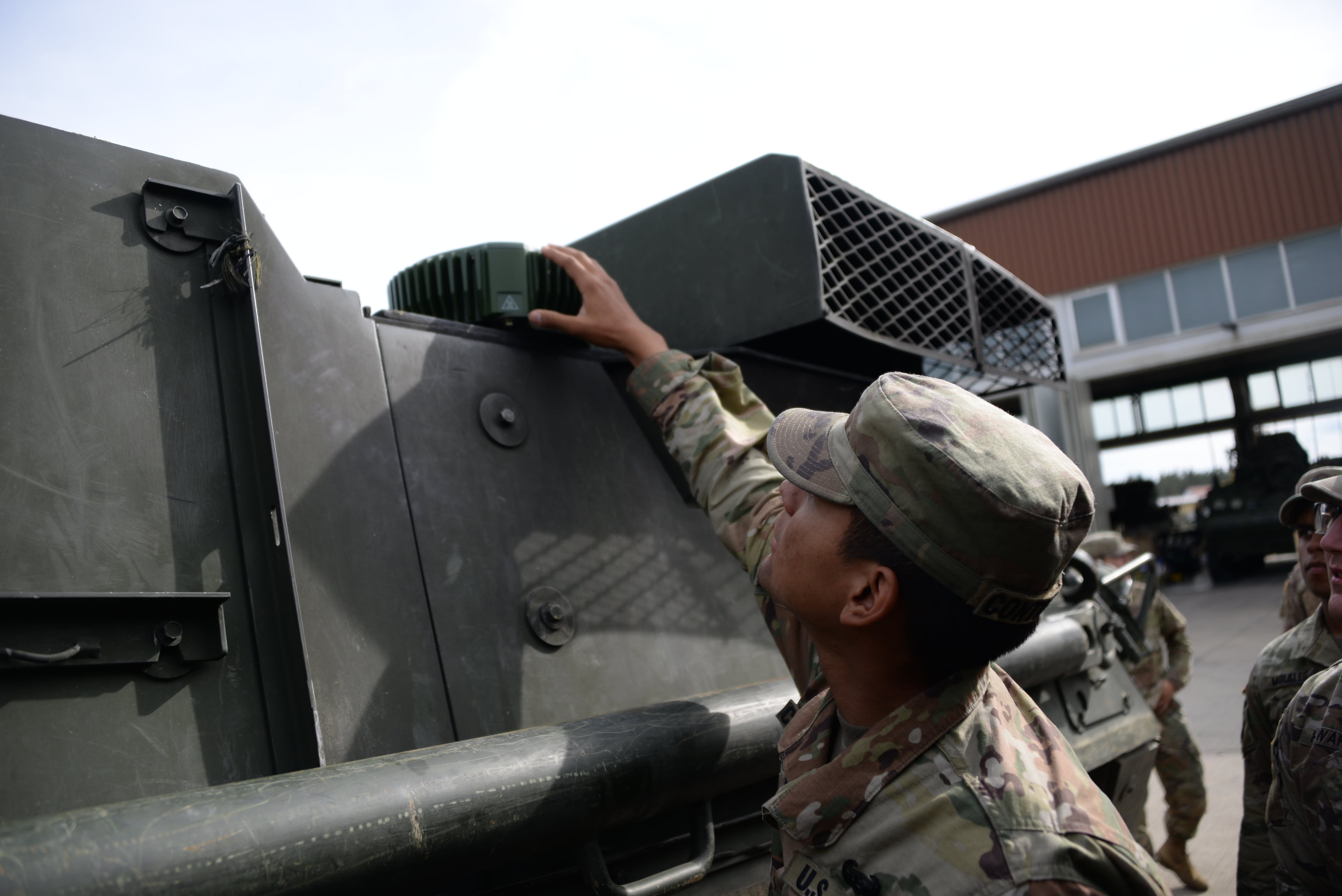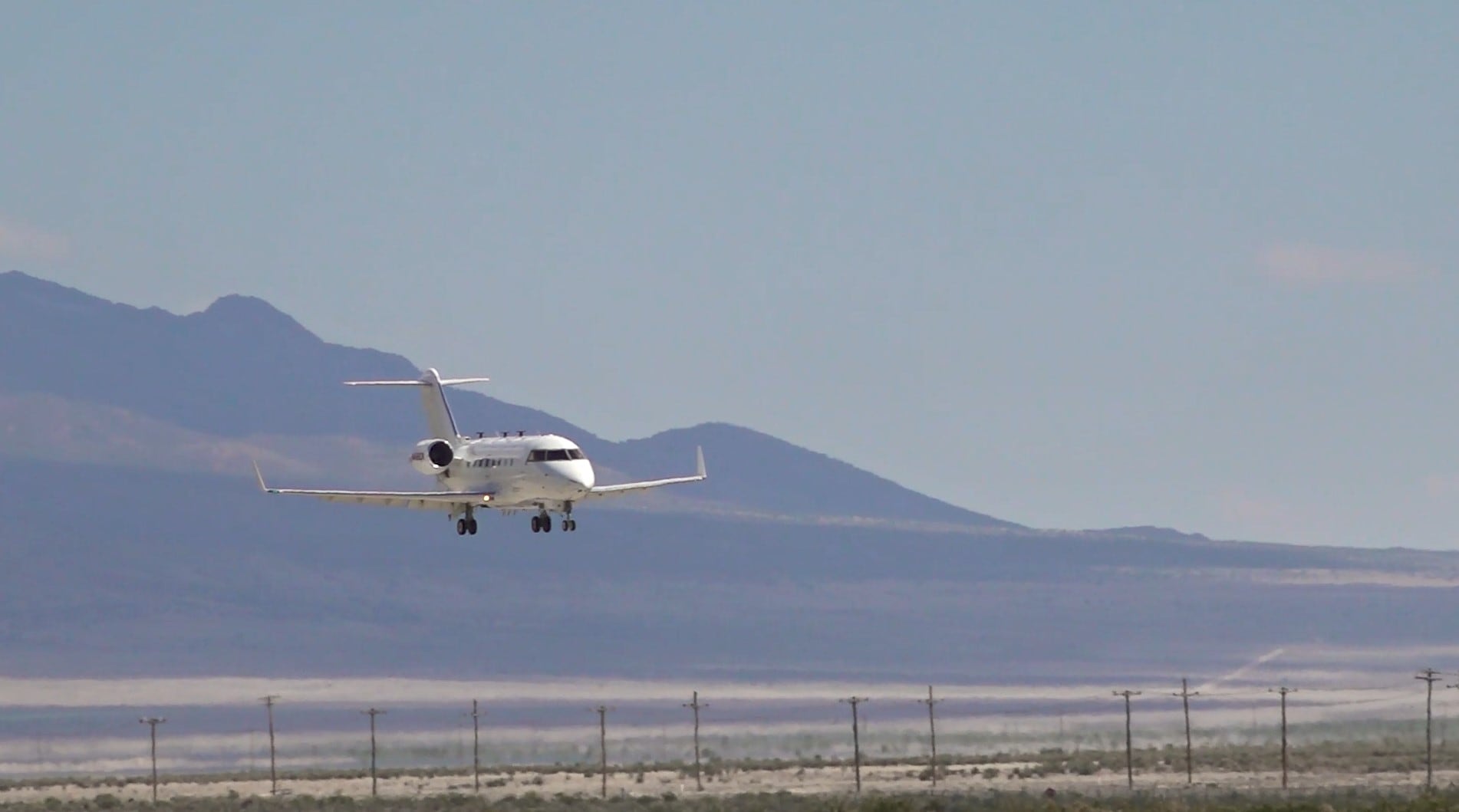WASHINGTON — The U.S. Army awarded L3Harris and Raytheon Applied Signal Technology phase-two contracts to develop sensors in support of a next-generation airborne intelligence, surveillance and reconnaissance program known as HADES.
The latest other transaction authority agreements for the High Accuracy Detection and Exploitation System total $18 million, according to the Program Executive Office for Intelligence, Electronic Warfare and Sensors, or PEO IEW&S, which announced the deal Sept. 13. The overall value of the prototyping project, over the course of three phases, is $49 million.
During the competitive second phase, the two defense firms will advance their designs and build electronic and communications intelligence sensors that are both more sensitive and capable of working at higher altitudes, ranges and speeds.
The arrangement is part of the Army’s Multi-Domain Sensing System effort, a basket of technologies the service says will modernize its aerial intelligence-gathering and data-sharing capabilities. The upgrades are necessitated by the Army’s transition to multi-domain operations — the ability to deter and defeat an enemy, with help from partners and allies, in any environment — and advanced technologies deployed by other world powers, namely China and Russia.
“The MDSS HADES will be globally deployable and provide a multi-faceted sensing capability at higher altitudes and longer ranges, and with longer endurance than is currently available from the Army’s enduring fleet,” Dennis Teefy, project director for sensors-aerial intelligence at PEO IEW&S, said in a statement. “The goal is to provide deep-sensing intelligence collection of indicators and warnings, electronic order of battle, and patterns of life for target development.”
RELATED

At the conclusion of the second phase, up to two vendors will be chosen to work their sensors into contractor-owned, contractor-operated aircraft for a year of flight testing.
To determine what HADES will ultimately look like, the Army is collecting feedback from a pair of demonstrator aircraft with similar mythological inspiration: ARTEMIS and ARES.
ARTEMIS, or Aerial Reconnaissance and Targeting Exploitation Multi-Mission Intelligence System, is based on a Bombardier Challenger 650 jet and is flying in Europe. It has logged more than 2,000 hours, Defense News previously reported. ARES, or Airborne Reconnaissance and Electronic Warfare System, is based on a Bombardier Global Express 6500 jet and is dispatched to the Pacific, recording more than 130 hours.
The multi-domain sensing HADES venture is a partnership between Project Director Sensors-Aerial Intelligence at Aberdeen Proving Ground in Maryland and Project Manager Fixed Wing at Redstone Arsenal in Alabama.
“Fly, fix, fly is the concept. We are iterating we are learning. We’re seeing what works, what doesn’t work in that domain, coming back to the United States, fixing, changing, going back and forward,” Ronald Rizzo, deputy project director for sensors-aerial intelligence, told reporters Aug. 30 at Aberdeen Proving Ground. “All of this is to inform how we will ultimately build the HADES program of record.”
Colin Demarest was a reporter at C4ISRNET, where he covered military networks, cyber and IT. Colin had previously covered the Department of Energy and its National Nuclear Security Administration — namely Cold War cleanup and nuclear weapons development — for a daily newspaper in South Carolina. Colin is also an award-winning photographer.








